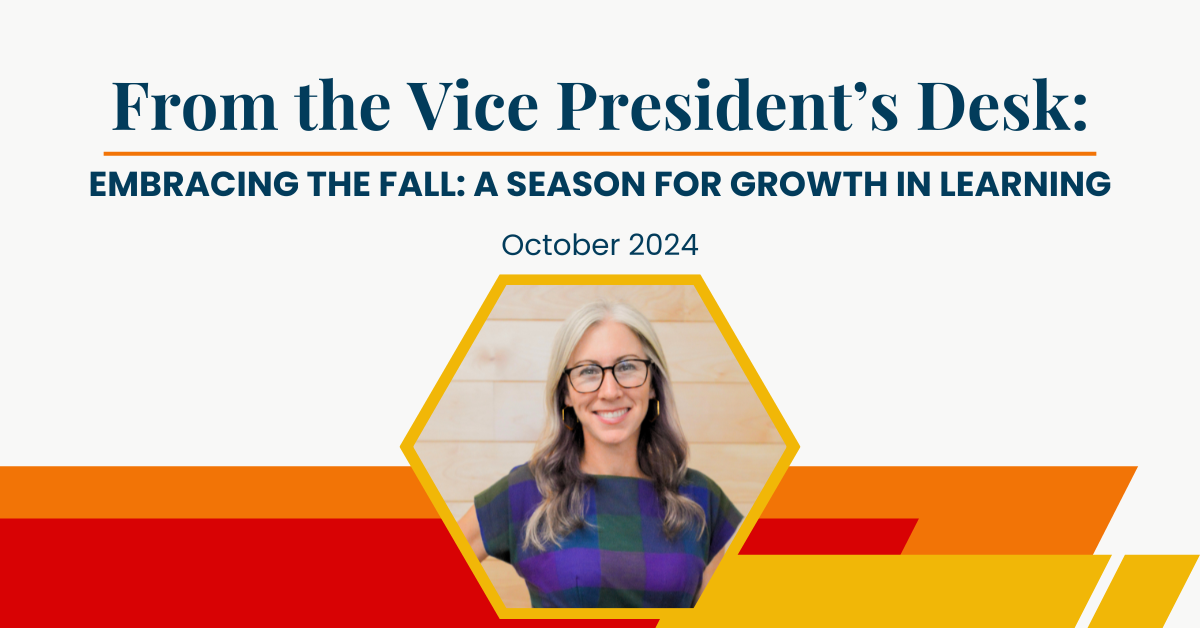Embracing the Fall: A Season for Growth in Learning
October marks the true beginning of fall, and I don’t know about you, but I’m excited for cooler temperatures, transforming my home into a Halloween mad science lab, and watching the leaves showcase their vibrant colors. As we transition from a summer filled with exciting STEM learning through our program providers to the school year with in-class and after-school programs, one thing remains constant: the critical role of a well-designed curriculum in guiding student learning.
Learning is a lot like nature; you can’t just plant a student in a classroom and expect them to bloom, just as you wouldn’t place a cactus in the Arctic! Without a solid curriculum, learning can become aimless. Curriculum is characterized as the entire experience of education (Pinar, 2012). It serves as a carefully crafted roadmap that outlines what will be taught, the sequence of topics, the delivery of lessons, the methods of assessment, and the entire experience of learning.
However, it’s important to see curriculum as more than just a roadmap—it’s a thriving ecosystem. Imagine curriculum, where each component—subjects, lessons, skills, and experiences—function like interconnected organisms in nature. Just as ecosystems rely on the symbiotic relationships between plants, animals, and microorganisms; a curriculum thrives on the seamless integration of various disciplines, teaching methods, and learning experiences to foster student growth.
Within STEM curriculum, the STEM disciplines act as different species in this ecosystem, each playing a vital role. Math acts as the trees, providing a solid foundation for logical reasoning and problem-solving, while science represents the vibrant flowers, sparking curiosity and exploration of the natural world. Together, math and science challenge students to become curious, offer explanations, make observations, and rationalize models and solutions guided by educators.
As the keystone species of this ecosystem, educators play a pivotal role in shaping and guiding their students’ educational journeys, fostering a nurturing space where growth can thrive. This includes both in-school and out-of-school educators, both designing unique and engaging STEM experiences. Just as species in an ecosystem rely on one another for survival, students flourish through seamless integration of diverse educational settings, supported by a thoughtfully designed curriculum that reflects the balance found in healthy ecosystems.
This month, we proudly celebrate outstanding educators who exemplify excellence in STEM education, including Elaine Hutchinson, our 2024 Siegfried STEM Educator of the Year. Elaine inspires her students through innovative problem-solving and inquiry-based methods, igniting their curiosity and engagement in the wonders of learning.
So, as we dive into this season of change, let’s recognize that curriculum is a living, breathing ecosystem. It brings together subjects, skills, and relationships to create a well-rounded, exciting educational experience. Just like in nature, balance and collaboration are key! When diverse subjects and enriching out-of-school programs work together harmoniously, students don’t just learn—they thrive, discovering a deeper understanding of the world around them.
Here’s to a vibrant fall, packed with growth, collaboration, exploration, and all the wonders that STEM education has to offer.

